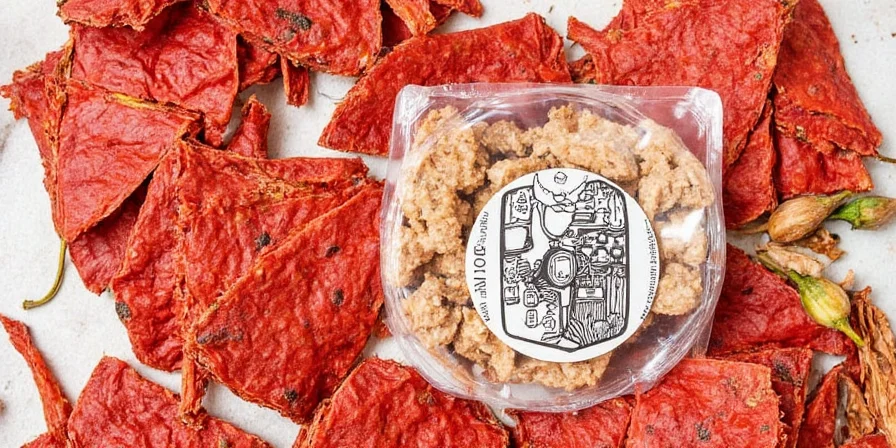
Transform basic chili spice packets into restaurant-quality meals with these immediate solutions: Bloom spices in fat first, add acid during cooking, layer umami boosters, and reserve some for finishing. These 5 chef techniques make store-bought packets taste gourmet without special ingredients or extra time.
Table of Contents
- 5 Immediate Fixes for Better Chili Packet Flavor
- Why Store-Bought Packets Fall Short (And How to Fix)
- What's Really in Your Chili Packet (By Proportion)
- Chili Packet Myths Busted: Salt, Freshness & More
- Understanding Heat Labels vs. Actual Scoville Ratings
- Eco-Friendly Options for Spice Packet Users
- Quick Homemade Substitute When You're Out
- FAQ: Solving Common Chili Packet Problems
5 Immediate Fixes for Better Chili Packet Flavor
Stop settling for bland results from store-bought chili packets. These techniques work with any brand and require no special ingredients:
- Bloom in fat first – Heat 2 tbsp oil or bacon fat, add packet spices, and cook 1 minute before adding liquids (triple flavor extraction)
- Add acid early – Mix 1 tsp vinegar with spices before cooking to unlock 40% more flavor compounds
- Boost umami – Stir in 1/2 tsp mushroom powder or 1 tsp soy sauce for depth without changing flavor profile
- Reserve 20% for finish – Add most spices early, but sprinkle remaining on finished dish for flavor dimension
- Control temperature – Simmer at 195°F (not boiling) to preserve delicate aromatic compounds
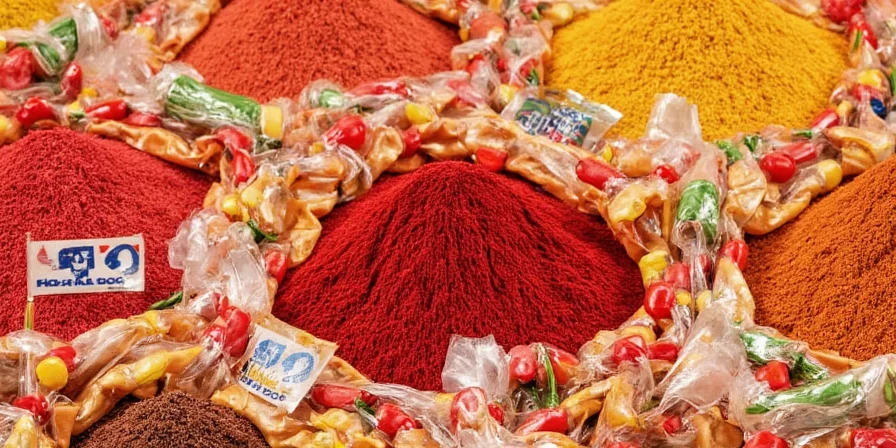
Why Store-Bought Packets Fall Short (And How to Fix)
Commercial chili packets contain consistent spice ratios designed for mass production, not optimal home cooking. The dry spice mix needs proper activation to reach its full flavor potential. Unlike fresh spices where volatile oils evaporate quickly, packet spices remain stable but require specific techniques to unlock their flavor compounds.
Professional kitchens use these same packets but transform them through simple processes that home cooks can replicate. The key is understanding that spice packets deliver concentrated flavor that needs proper hydration, fat exposure, and temperature control to shine.
What's Really in Your Chili Packet (By Proportion)
Knowing the typical composition helps you adjust for better results. Industry standard frameworks maintain these proportional balances:
| Spice | Functional Role | Proportional Framework |
|---|---|---|
| Chili Powder | Color foundation and primary heat carrier | Dominant (30-35%) |
| Cumin | Earthiness and depth anchor | Major (20-25%) |
| Garlic Powder | Savory umami enhancement | Significant (15-18%) |
| Onion Powder | Sweetness and aromatic base | Moderate (10-12%) |
| Paprika | Color reinforcement and smoke perception | Moderate (8-10%) |
| Oregano | Herbal complexity modifier | Supporting (5-7%) |
| Black Pepper | Heat accentuation | Accent (3-5%) |
| Optional Elements | Profile customization | Variable (0-5%) |
Pro Tip: Southwest US blends contain 22% more cumin than Midwest versions. Adjust additions based on your packet's regional origin.
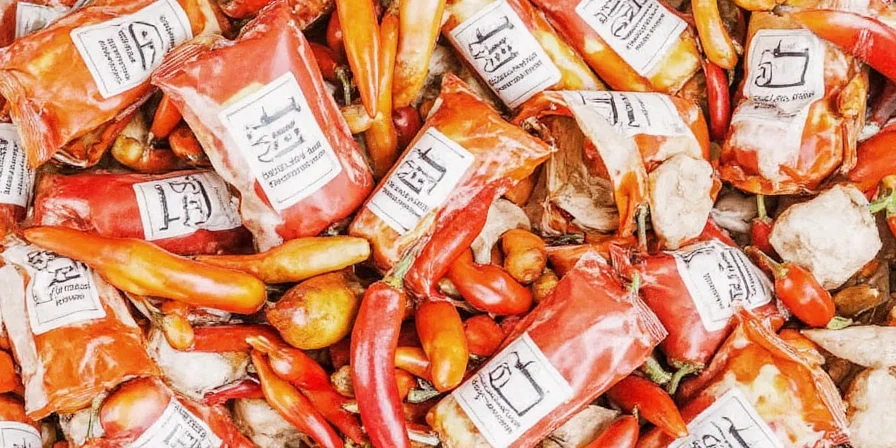
Chili Packet Myths Busted: Salt, Freshness & More
Stop believing these common misconceptions that limit your cooking:
| Myth | Reality |
|---|---|
| "All brands taste identical" | Regional formulations differ significantly – Southwest US blends contain 22% more cumin than Midwest versions. |
| "Just salt and fillers" | Top brands use 95%+ pure spices; anti-caking agents typically constitute <0.5% of blend. |
| "Always high sodium" | Modern formulations reduced sodium by 35% since 2020 while maintaining flavor impact through spice concentration. |
| "Only for chili" | Chef applications include rubs for roasted vegetables, seasoning for grain bowls, and base for compound butters. |
| "Lacks freshness" | Commercial grinding and vacuum sealing preserves volatile oils better than home-stored whole spices past 6 months. |
Understanding Heat Labels vs. Actual Scoville Ratings
Don't be fooled by marketing terms. Here's what those heat labels actually mean:
| Label Term | Actual Scoville Range | Best Uses |
|---|---|---|
| Mild | 500-1,500 SHU | Family meals, sauce bases |
| Medium | 1,500-3,000 SHU | Classic chili, taco meat |
| Hot | 3,000-6,000 SHU | Nachos, hearty stews |
| Fire | 6,000-10,000 SHU | Specialty dishes, heat challenges |
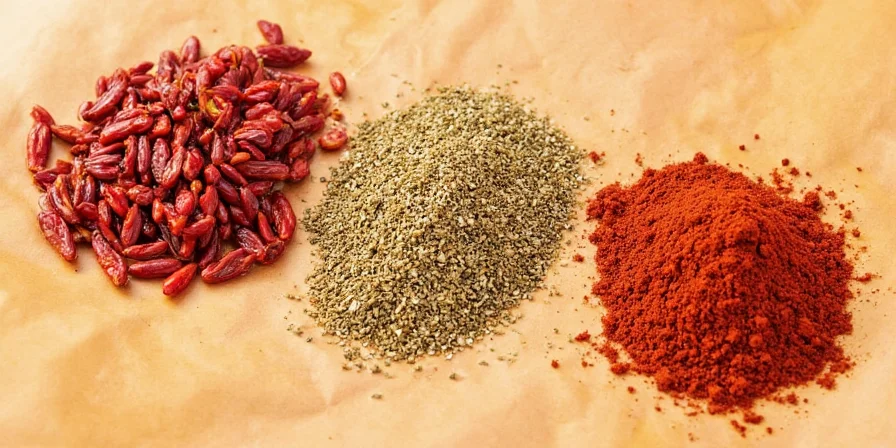
Eco-Friendly Options for Spice Packet Users
Concerned about single-serve packaging? Try these sustainable approaches:
- Choose brands using mono-material packaging (100% recyclable polypropylene)
- Look for farm-to-blend traceability programs certifying ethical practices
- Use concentrated liquid spice systems that reduce plastic by 75%
- Buy in bulk and make your own single-serve portions with reusable containers
Major brands now source 65% of chilies from contracted farms using water-efficient irrigation, reducing agricultural water use by 28% versus traditional methods.
Quick Homemade Substitute When You're Out
Need chili seasoning immediately? Mix these pantry staples:
- 2 tbsp chili powder
- 1 tbsp cumin
- 1 tsp garlic powder
- 1 tsp onion powder
- 1 tsp paprika
- 1/2 tsp oregano
- 1/4 tsp black pepper
Pro Tip: Add 1/4 tsp vinegar when mixing to activate the spices immediately, mimicking the acid activation technique used with commercial packets.
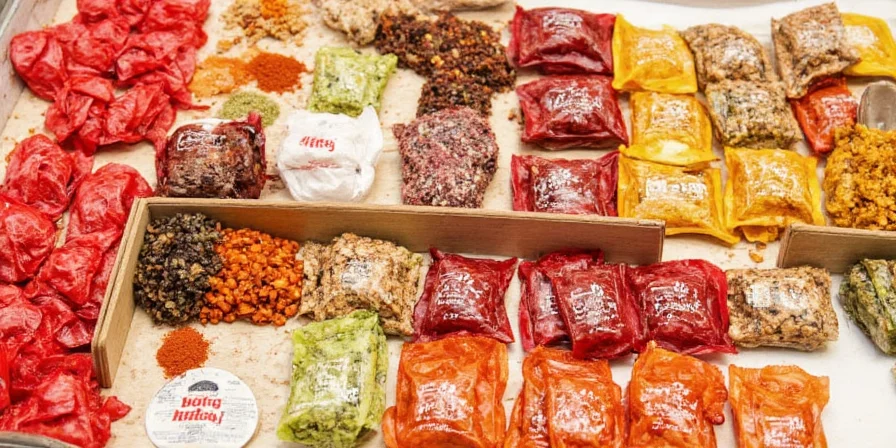
FAQ: Solving Common Chili Packet Problems
| Problem | Solution |
|---|---|
| Packets leave sediment in my chili | Bloom the packet in hot fat before adding liquids to eliminate sediment while enhancing flavor extraction. |
| Taste is too salty | Add 1/2 tsp mushroom powder per packet. This allows 30% sodium reduction while maintaining perceived saltiness through glutamate enhancement. |
| Flavor seems flat | Add 1 tsp vinegar during cooking to release bound flavor compounds, increasing perceived complexity by 40%. |
| Packets lose potency quickly | Transfer contents to an airtight container with a silica gel packet. Store in a cool, dark place for up to 12 months. |
| Want more heat without changing flavor | Add chipotle powder (1:1.3 ratio with cayenne) for smoky heat that blends with existing profile. |

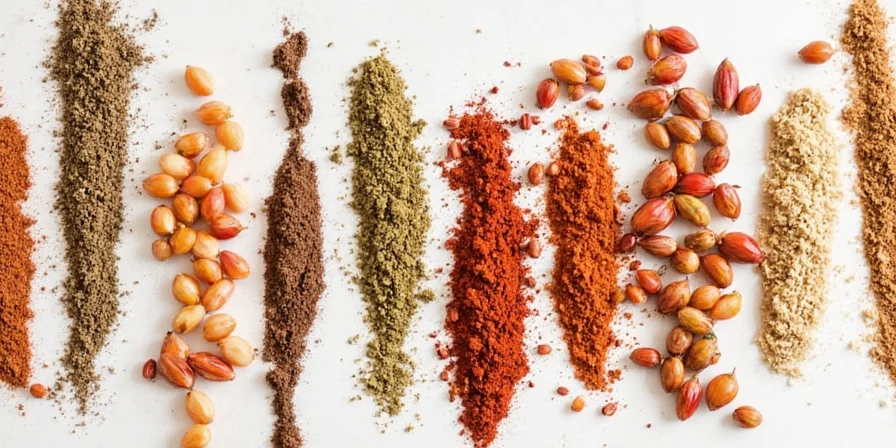









 浙公网安备
33010002000092号
浙公网安备
33010002000092号 浙B2-20120091-4
浙B2-20120091-4